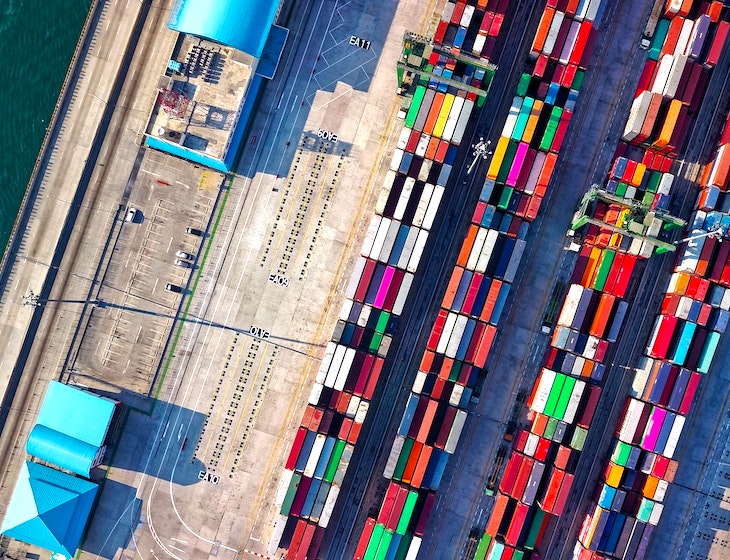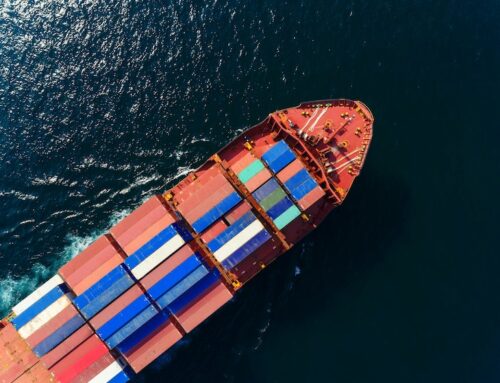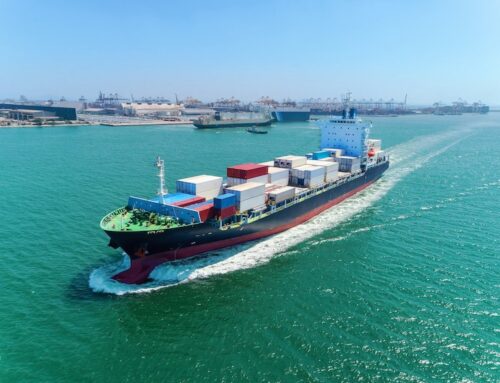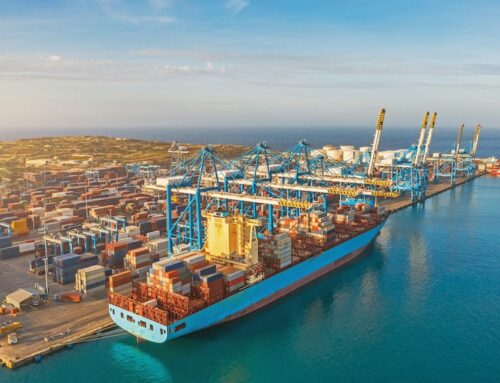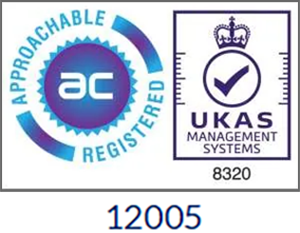Container shipments from Asia to the UK continue to be subject to unprecedented delays and significant additional costs. Contributing factors include lack of capacity on all trade lanes, a shortage of containers available for loading in Asia and major disruption at UK ports.
Capacity Issues
Due to the intense demand following the reopening of Europe and US in Q3, along with the usual traditional pre Christmas peak period, container vessels are full across all shipping lanes. Usually at a time of stress on a particular trade lane vessels would be moved from routes with more space and therefore lower profitability to create capacity. In the current situation where demand is high on all shipping lanes, carriers do not have the same opportunity to substitute vessels. Therefore the additional capacity required to alleviate the space shortage situation in the market is not being made available.
Equipment Shortage
Another related exacerbating factor is that as more goods are exported out of China, empty containers aren’t coming back quickly enough to origin ports. An acute shortage of equipment in the market, particularly 40ft containers, is causing a major problem to shipments to the UK. Carriers have been accused of prioritising equipment on the most lucrative trade lanes, which excludes Asia to Europe, as the prevalent issues on this lane are causing these operational problems for carriers in Asia.
Port Congestion
Significant congestion continues at Felixstowe Port which is struggling to manage the increase in import volumes. Unfortunately the disruption to normal levels of service is still continuing after many weeks. There has also been a knock on effect at London Gateway and Southampton ports, which have been absorbing diversions from Felixstowe. All major UK ports are now experiencing congestion at the terminal and container yard which has resulted in a number of port omissions, ‘cut and runs’ and move count restrictions.
Impact on Rates
Carriers are therefore applying very restricted management of space and rates in all main trade lanes have soared to record high levels. For example, the Asia to USA market is up 70% on previous year rate levels of around $5500 per HQ. For shipments from Asia to UK spot rates are between $5000 and $6000, which are rate levels we have never seen before. Carriers have not only increased container rates to UK ports but announced additional peak season and port congestion surcharges.
Impact on Transit Times
All of the factors described are significantly impacting transit times for shipments between Asia and Europe. Vessels are unfortunately being delayed on all port calls throughout international shipping line rotations which is having a knock on effect throughout the supply chain. For example, vessels being delayed in the USA due to high volumes and congestion are then arriving late back into Asia to commence rotation through China into Europe. These delays on vessels departing from origin result in the vessel missing its scheduled port call in Europe, creating further delays over the whole schedule. The consequence of which is that vessels are then subject to sitting anchored off of Felixstowe for 7 to 10 days waiting for a berth. To mitigate this issue, many of the carriers are considering reducing their UK capacity, affecting all three UK main ports.
Long Term Forecast
Regrettably these challenges to the market are set to continue past Chinese New Year and carriers are reporting that the situation is unlikely to improve until well into 2021. We are busy working with the shipping lines to ensure that our customers’ supply chains and capacity are protected. We do not however expect rates to fall as long as space and equipment shortages persist and expect further increases in the run up to the Chinese New Year in February.

